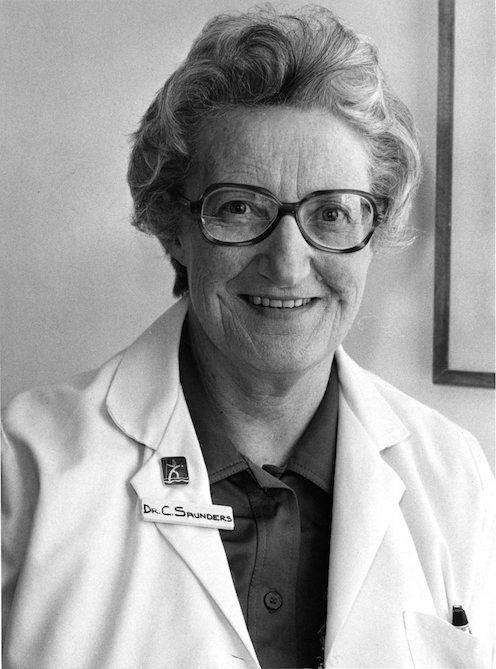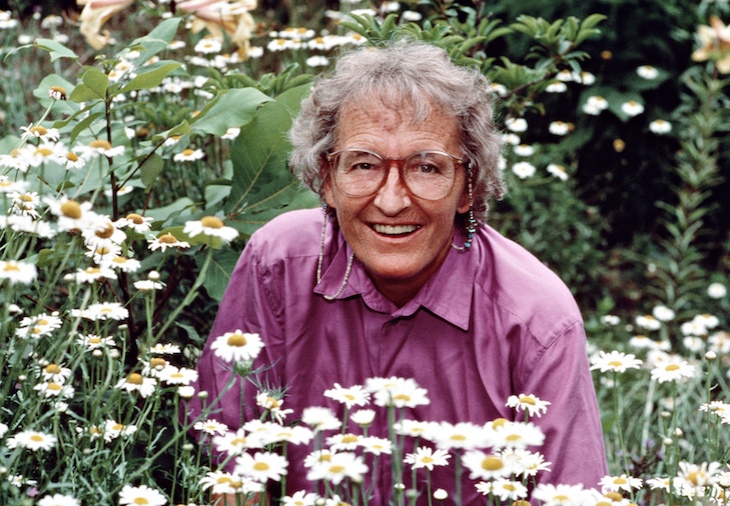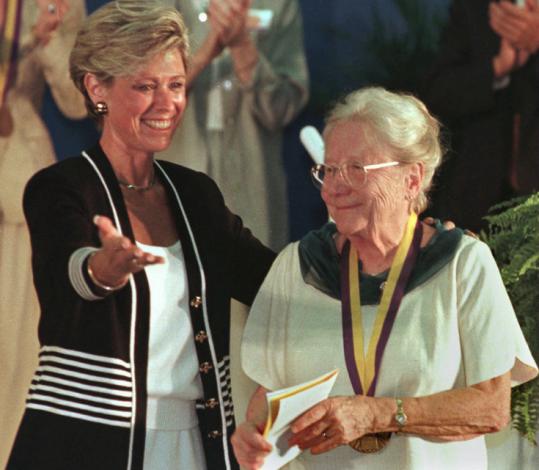Featured image: Oxford (where Dr. Cicely Saunders initially studied) in autumn. Photo by http://offtonowhere.tumblr.com.
Hospice care in the United States just celebrated 40 years in 2014. Only 40! Perhaps it is my young naiveté, but I’d imagined it was a practice that started with the advent of modern medicine. It is strange to think that had some of my great grandparents needed its services, it might have not been available.
Hospice care is a young branch of patient care, and for this reason, I think, there exist so many misconceptions about it; even doctors aren’t immune to these myths. These misconceptions owe a big thanks to our culture’s views on death and dying, which, while becoming more open-minded, still have a long ways to go.
The Founders of Modern Hospice
Recently, I began a training course to start my palliative and hospice care volunteering. I am a little nervous to start (if I’m being completely honest!), but I’m also looking forward to being helpful, resourceful, and just a presence when it’s needed. I have the time and energy to give, I thought, so why not?
On the first day of class, we learned about the brief history of the end-of-life movement – as it was and still is very much a movement. I learned that modern hospice care started with three important women:

The first was Dame Cicely Saunders. In 1944, she left Oxford to attend St. Thomas’ Hospital to become a nurse and shortly after, an almoner, where she worked closely with terminally ill patients. It was then that she observed her patients weren’t getting the pain management care they needed, and she sought to get the credentials that she would need to open her own specialized hospice by becoming a doctor in 1957. Ten years later, she successfully opened St. Christopher’s Hospice, which would also serve as a research institution and teaching hospital to make the necessary strides and improvements in hospice and palliative care.

Shortly after St. Christopher’s Hospice opened, Elisabeth Kübler-Ross, M.D. published her book containing over 500 interviews with terminally ill patients, On Death and Dying, in 1969. In her book, she identified the five stages terminally ill patients progress through and advocated that they should have a say in their end-of-life care. Historically, terminally ill patients (usually cancer patients) were institutionalized as they died, in pain, hidden away from their families and from society. Dr. Kübler-Ross was instrumental in beginning to deconstruct our death-denying society and advocated for at-home, end-of-life care.

Dame Cicely Saunders also had a direct influence on hospice care abroad. In 1963, the dean of the Yale School of Nursing, Florence Wald, invited Saunders to give a lecture on specialized hospice care to health care workers, which served as a catalyst for the hospice movement in the United States:
Her lecture, given to medical students, nurses, social workers, and chaplains about the concept of holistic hospice care, included photos of terminally ill cancer patients and their families, showing the dramatic differences before and after the symptom control care – National Hospice and Palliative Care Organization
In 1974, Florence Wald opened the Connecticut Hospice in Branford, Connecticut, officially bringing specialized hospice care to the United States.
The Current State of Hospice Care
Prior to 1986, hospice care was charity care. It was not until the late 80s that Medicare been to reimburse hospice centers for their care – at 10% and then 20%. In the late 1990s, the end-of-life movement (awareness for end-of-life care and legislation) began to gain national traction. Throughout the early 2000s, high profile foundations, such as the Diana, Princess of Wales Memorial Fund and the Franklin Mint, contributed millions of dollars to advocate for better hospice and palliative care.
Today, the end-of-life movement is working to educate the greater public about the benefits of hospice care. Campaigns launched by – and research published by -organizations such as the National Hospice Foundation, NHPCO, New England Journal of Medicine, Duke, Mount Sinai’s Icahn School of Medicine, and Google Health have all helped bring attention to this movement. In my own life, the Death Positivity community has been a huge source of education.
The Difference Between Palliative Care and Hospice Care
The main factor that differentiates palliative care from hospice care is that patients who are receiving palliative care are also simultaneously receiving curative/aggressive treatment. For example, a person going through chemo can also receive palliative care to help manage their pain and keep their quality of life as high as possible. Palliative care has been shown to reduce hospitalizations, increase quality of life, and significantly reduce medical costs (due to the reduction in expensive hospitalizations).
When a person is going through hospice care (in most cases), they are no longer receiving curative/aggressive treatment. For example, a person may have decided to stop chemo and begin hospice care, because the chemo was not helping to cure their disease and was increasingly harmful to their quality of life. Hospice patients are usually given a timeline of six months of life when they begin treatment. Palliative care patients, on the other hand, might have a lifelong chronic illness that has begun to significantly worsen, or have two years or more before their condition might become more debilitating.
Myths Surrounding Hospice Care
It is where people go when they – or their doctors – have given up.
Modern medicine teaches us that death is failure. Doctors will do anything they can to keep you from dying, which, of course, is a good thing, until it’s not. Aggressive curative treatment that is not successfully treating a disease and is only continuing to worsen a patient’s pain and quality of life is usually when a person elects to start hospice care.
It is for the elderly.
Hospice centers and foundations help all kinds of people from all different stages of life. Where I happen to live, unfortunately, there is a large number of near-drowning accidents with children. Some of these children, due to their injuries sustained, begin hospice treatment to ease their pain as they near the end of their lives.
Some children might also continue curative treatment while simultaneously receiving hospice care. In 2009, this became a required offering by state Medicaid programs.
It is expensive.
Palliative and hospice care has been shown to reduce medical costs by keeping patients out of the hospital and in their homes:
In 2007:
Findings of a major study out of Duke University published in the Journal of Pain and Symptom Management shows that hospice services save money for Medicare and bring quality care to patients and families.
Research published in the Journal of Pain and Symptom Management reports that hospice patients live an average 29 days longer than similar patients that did not have hospice care – National Hospice and Palliative Care Organization
For more extensive information on hospice, its history, and the care it provides, check out these resources, which I used in writing this blog:
History of Hospice Care, from the National Hospice and Palliative Care Organization
Elizabeth Kühler-Ross Biography, via the EKR Foundation
Dame Cicely Saunders’ Biography, via Cicely Saunders International
Death is scary, but what’s scarier is being misinformed about your options and resources when it comes to the quality of your life and the end of your life.